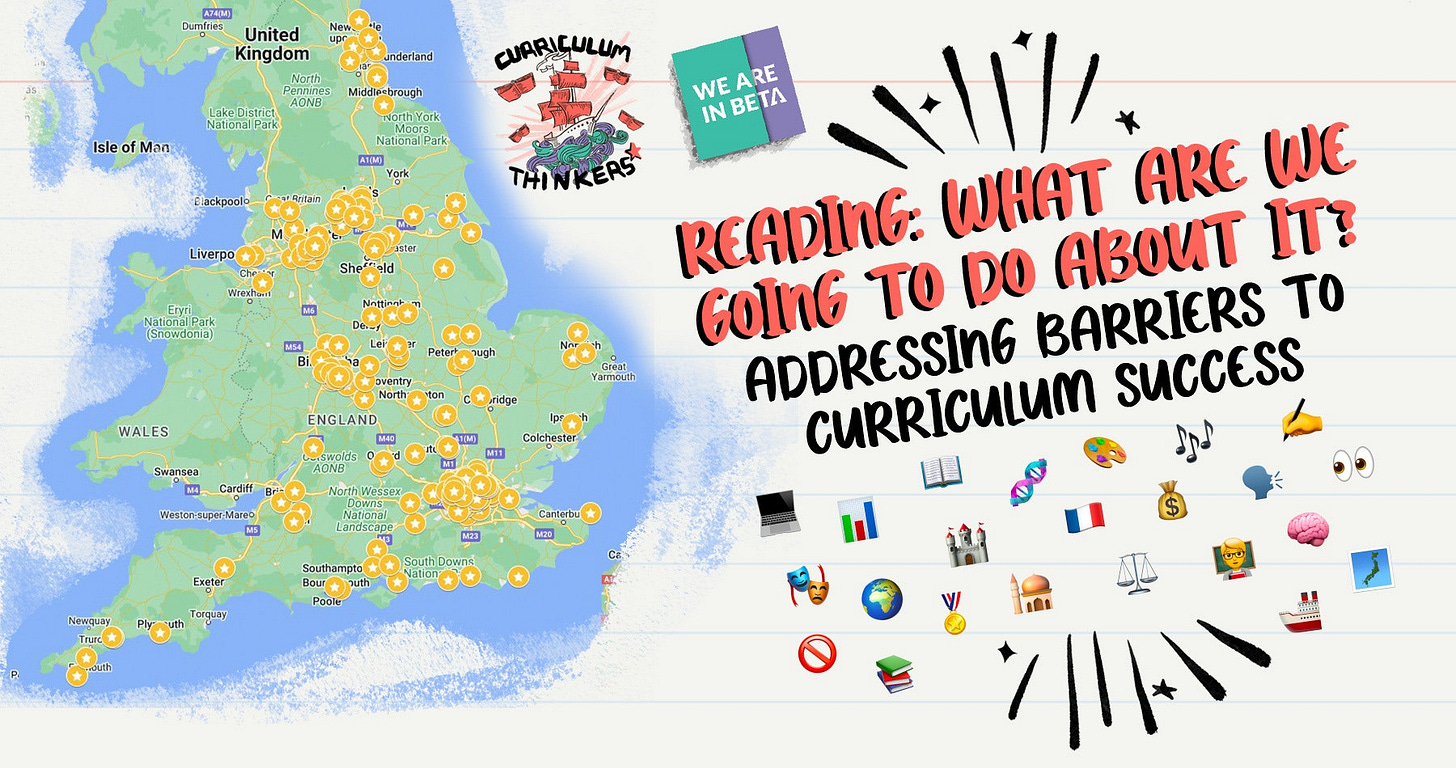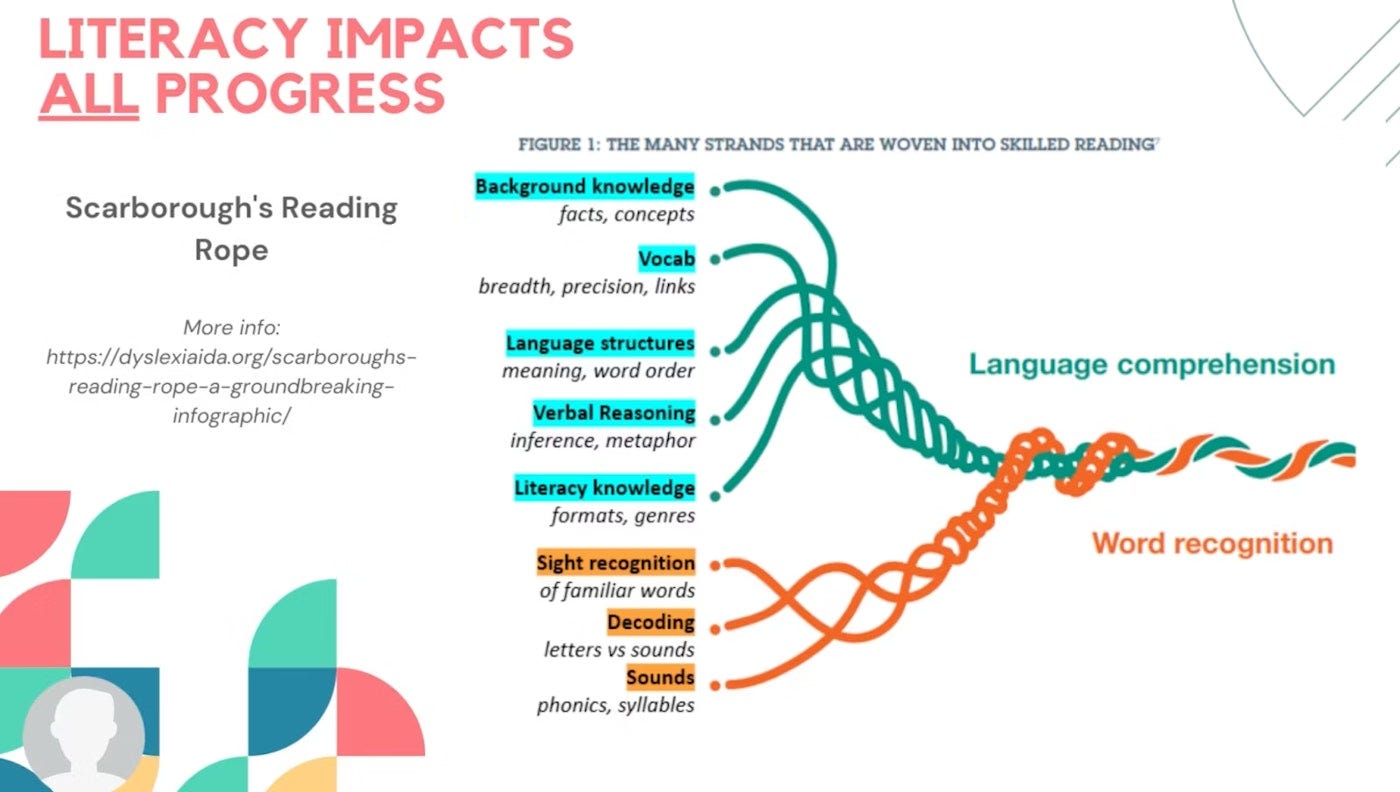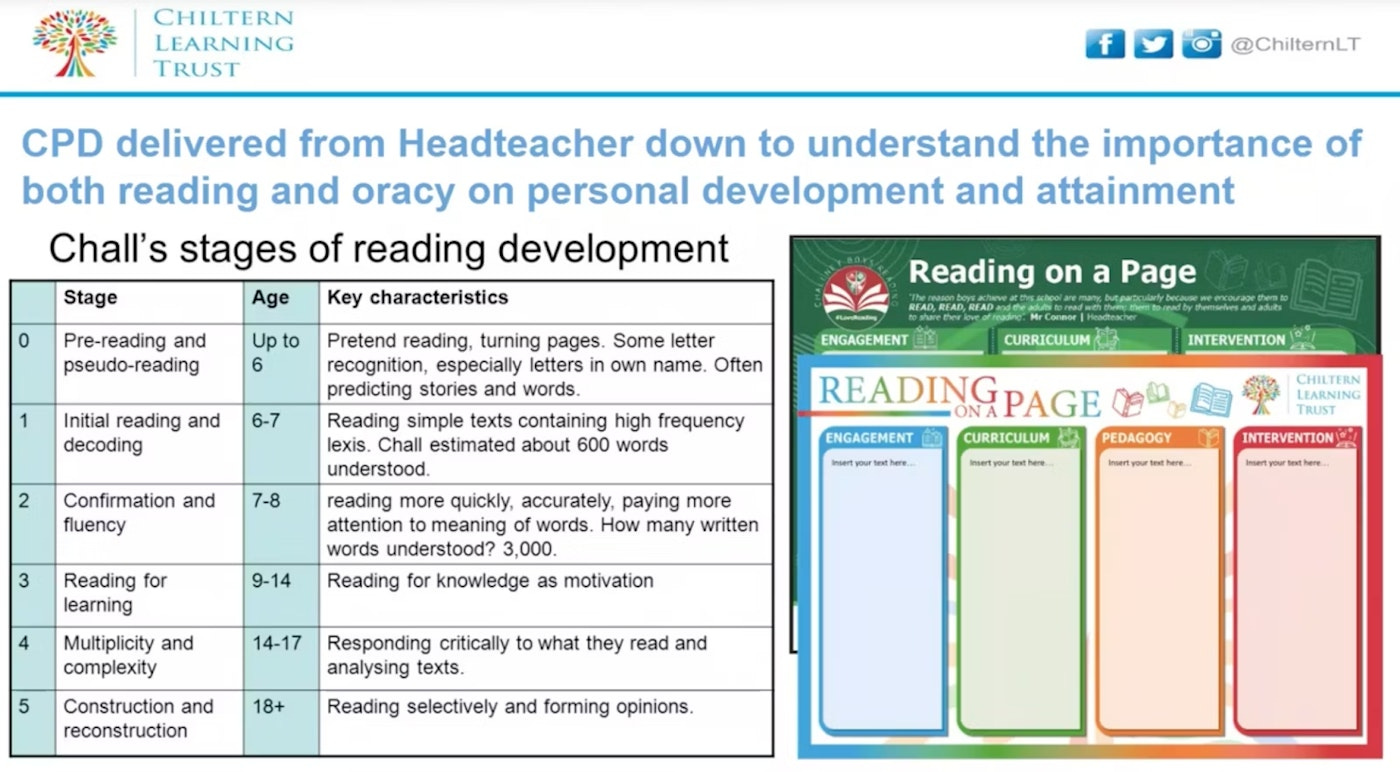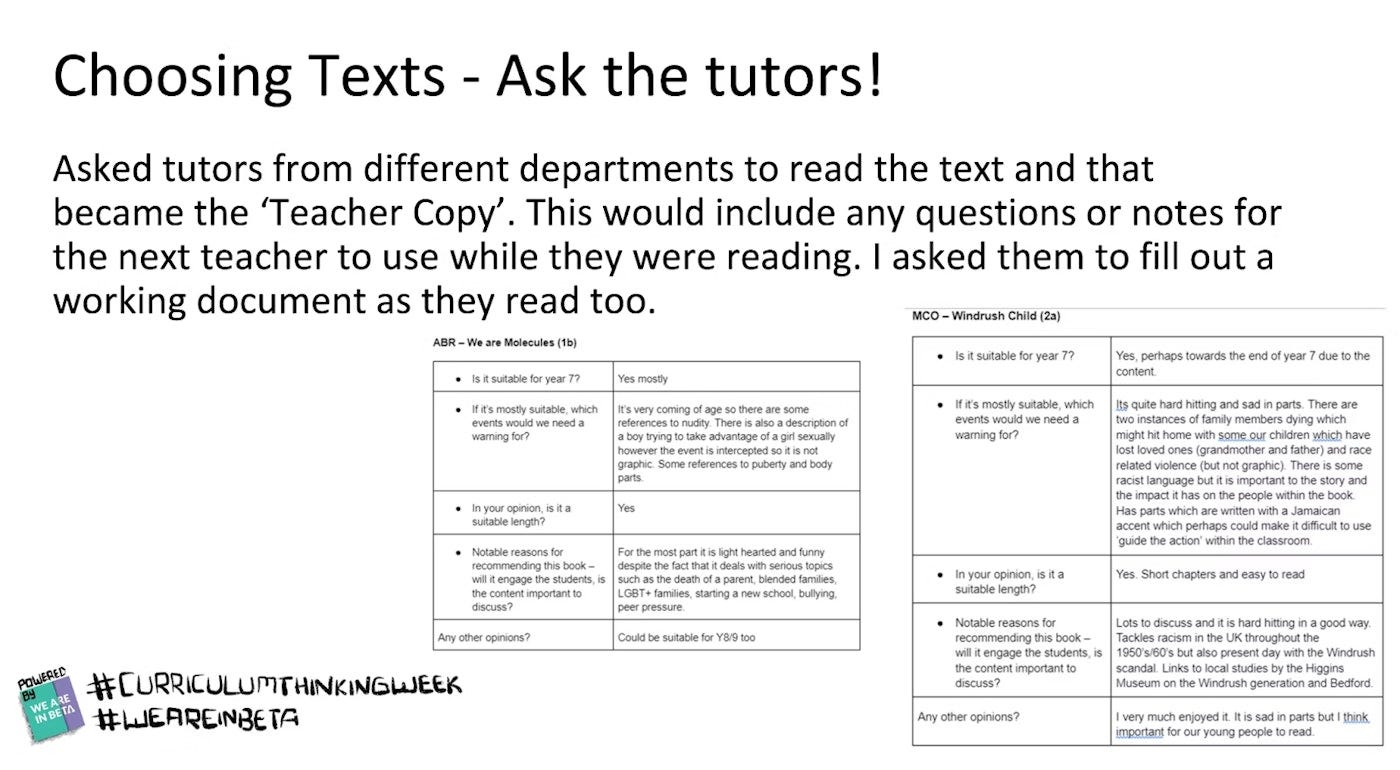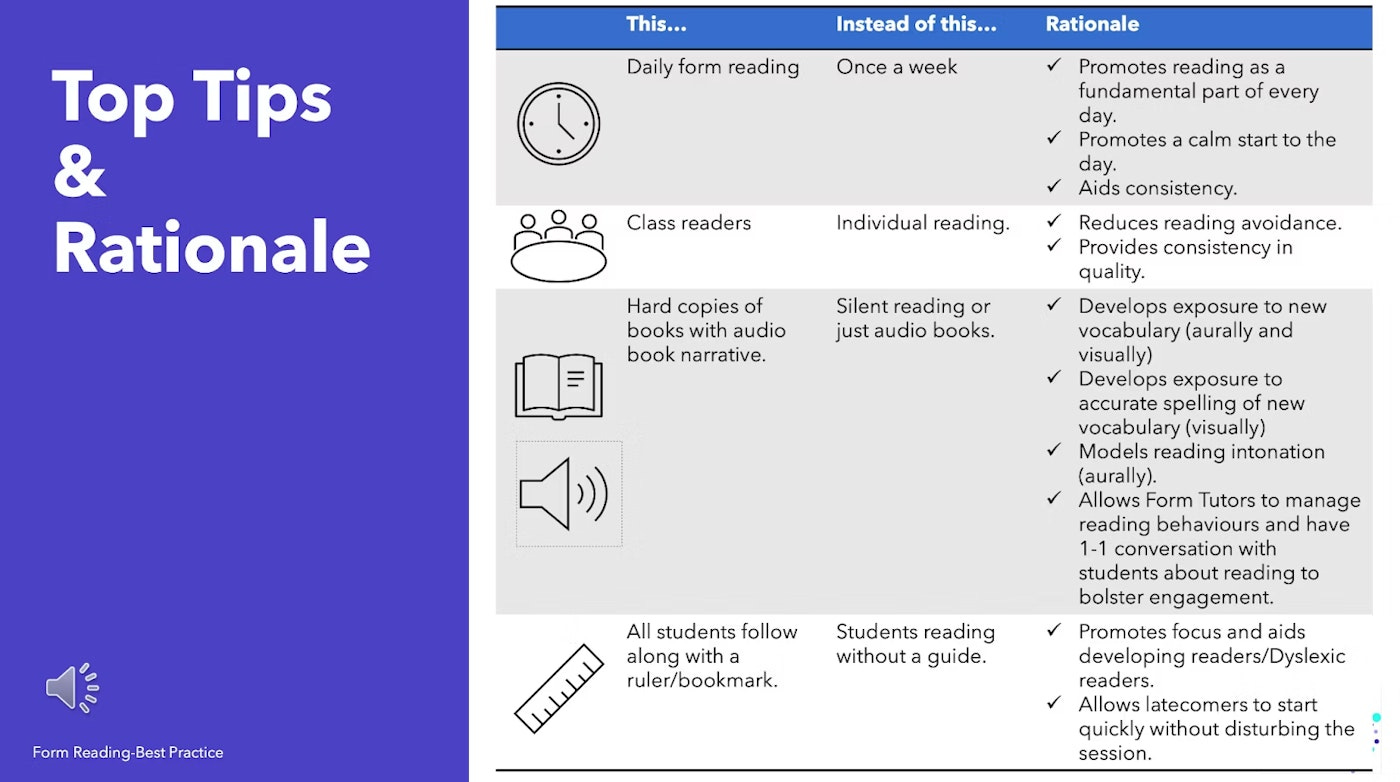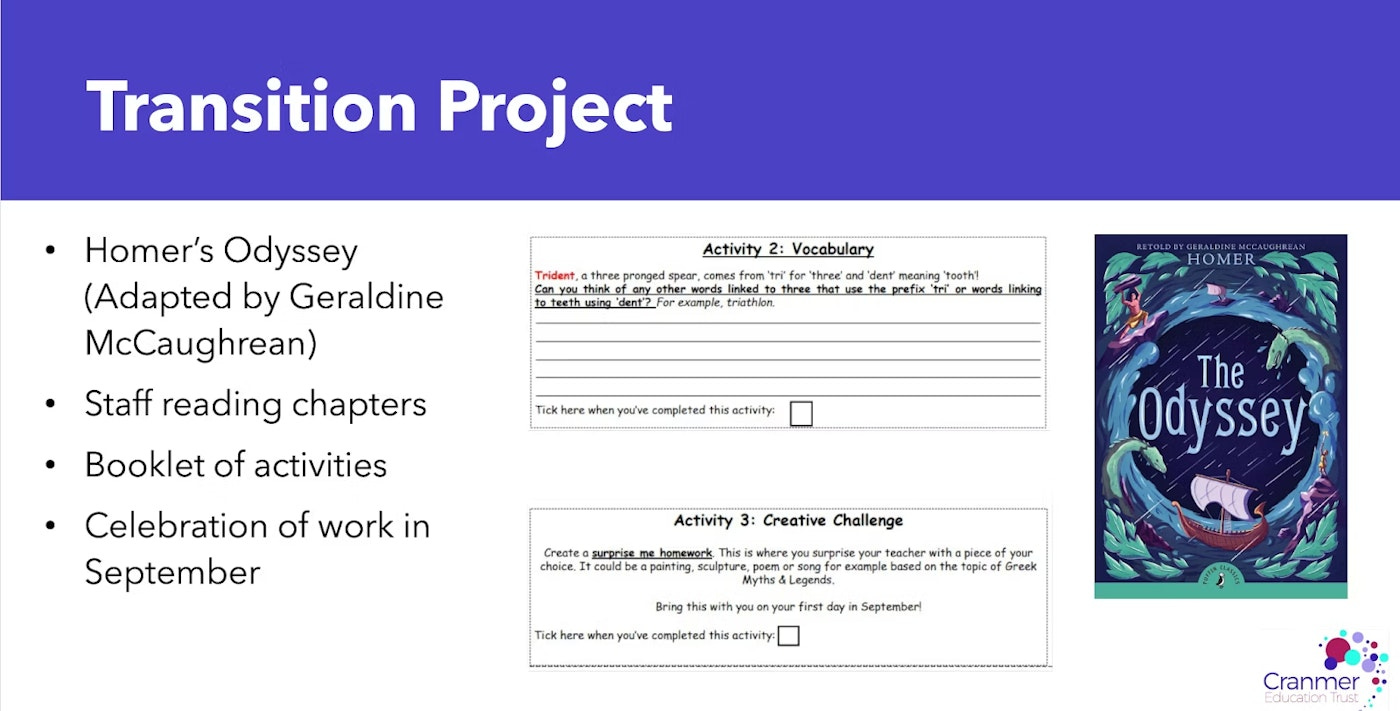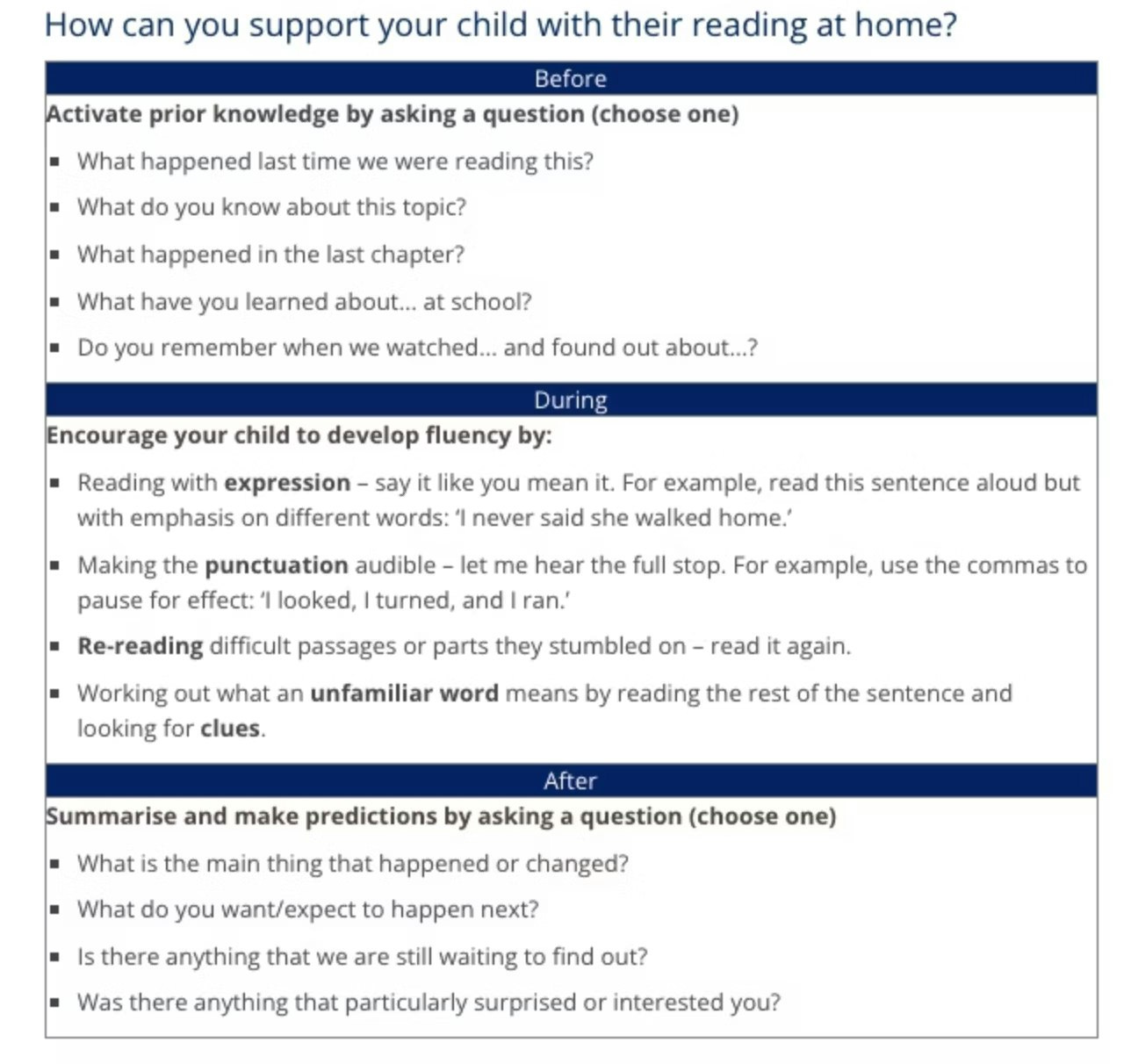This is another guest post by our wonderful Curriculum Thinkers Community member, Louise Ferrier. If you find it useful, she’d love to hear your thoughts in the comments here. If you missed Part 1 on whole school considerations, catch up here.
Last week I had the joy of listening to multiple Yr10 students delivering carefully crafted speeches on inspiring topics.
AI was a particularly popular topic; one boy quipped that when AI realises humans are the root of all problems, it would be logical for AI to seek to eliminate our species.
As a dystopian fear coldly crawled through my veins (I always wanted to be in The Matrix - and yes, I did have the coat), I paused to consider the term ‘Large Language Model’: AI’s learning model. Isn’t this also how our curriculum is taught?
We teach through language; students learn through language and we train students to use increasingly challenging language on their journey through our curriculum.
AI races forward on its seemingly inexorable journey towards GI (general intelligence) but unlike AI, which follows a programmed trajectory, the beautiful but complicated human brain is not predetermined. Students’ journeys are fraught with obstacles to overcome. So what happens to students whose learning journeys are far less certain?
Secondary schools in the Curriculum Thinking Community are exploring every avenue of overcoming barriers to reading because we know that reading is essential in ensuring all students can access the curriculum and develop critical literacy skills.
Alex Quigley, in ‘Closing the Reading Gap’, highlights how weak reading skills act as a hidden barrier to success, limiting students’ ability to engage with complex texts across subjects. Quigley describes the reading gap as:
“... a teacher knowledge gap, but more importantly, it is the gap that exists between reading access, reading practice and reading ability for the pupils in our schools. It marks out the ‘reading rich’ and the ‘reading poor’ who populate all of our schools.”
Research by Diane and James Murphy, further underscores the link between reading deficits, attendance, and behaviour issues; students who struggle with reading often disengage from lessons, leading to frustration, avoidance, and ultimately increased absenteeism or disruptive behaviour.
In essence, how we start considering prospective interventions comes from data and screening. The ‘Scarborough's reading rope’ discussed in the Dorcan Academy’s webinar available here, is almost a check list of potential gaps that may need to be addressed through intervention:
The DfE’s Reading Framework recognises the importance of reading catch-up. Strategies such as explicit vocabulary instruction, structured guided reading, and disciplinary literacy approaches help to bridge these gaps, while whole-class reading strategies enable students to build confidence and independence in their learning.
Read on to find out about how Curriculum Thinkers schools are succeeding with:
Reading Interventions
Reading to build Cultural Capital
Reading for Pleasure
Reading Transition
Home-School Collaboration
Many of the resources below are only accessible to members of our paid Curriculum Thinkers Community.
Not a member yet? Get free access here.
Already a member and can't access resources? DM Fiona Flint and ask for your membership plan link.
1. Reading Interventions
I’m going to be direct. When students arrive at secondary school with reading attainment gaps, whether due to attendance issues, SEND, lack of parental engagement, or any other circumstance, it is our responsibility to address them.
Identifying the root causes and providing targeted support as early as possible is crucial to ensuring students can access the curriculum. We know that struggling to read can have a profound impact on a young person’s self-esteem and self-efficacy, but it does not mean they cannot succeed. With the right interventions, they can develop the literacy skills needed to thrive.
What steps have schools in the Curriculum Thinking Community been taking to close these gaps?
At the Brian Clarke CofE Academy, the focus has been on rapidly identifying the reading needs of new students upon entry. The school uses the New Group Reading Test (NGRT) to assess reading comprehension and combines with further data (see below), to tailor intervention to individual needs.
Interventions range from phonics support for those struggling with decoding to developing comprehension and inference skills for more advanced readers. Ark Acton Academy alone refers to Fresh Start Phonics, Thinking Reading as well as a whole school reading programme in their webinar.
At Mossbourne Victoria Park Academy reading assessments are carried out regularly during the academic year to ensure that gaps are being closed through their interventions such as Lexia. This ensures that desired progress is happening and interventions can be reviewed as necessary.
The Chiltern Learning Trust understands that staff having a clear understanding of what is behind a reading age and how that may present in behaviour impacts on their ability to interpret and intervene and so they make it part of their CPD for reading.
Both the The Grey Coat Hospital school and Bishopshalt School’s programme of support includes a ‘paired reading scheme’ aimed to encourage reluctant readers into reading. Both also use students in Yr12 who are able to confidently support fluency as described by Bishopshalt School:
The ultimate goal is to empower students as readers and ensure they can access the curriculum as quickly as possible.
Watch the Brian Clarke CofE Academy presentation here.
Watch the Chiltern Learning Trust presentation here.
2. Reading to build Cultural Capital
Reading develops the critical thinking, empathy, and cultural awareness students need to engage with the world through illuminating new perspectives, histories, and ideas that expand their universe of understanding. The ‘reading canon’ approach mentioned last week can be used to deliberately plan for culturally enriching reading experiences by providing the reading list for whole-school reading sessions.
Drop-Everything-and-Read sessions are used at the Bedford Free School to develop students’ cultural awareness. The texts chosen to read between Yrs 7-10 are linked thematically to the school’s vision and a framework of how each session should be structured is provided to all teachers (to support varying levels of confidence) and linked to TLaC strategies.
Watch the presentation here.
3. Reading for Pleasure
Let’s face it, reading for pleasure is the holy grail of the reading process. When we’ve got students to engage at this level the world is their oyster! We model reading, we share on posters what we are reading, talk about our reading but what can we do to get them to love their reading?
Injecting a little bit of fun and competition is one way schools are wiggling the reading carrot. Loxford School, for example, participates in a local reading challenge where each week new books are discussed and the best voted for. King Edward VI Lordswood School for Girls has created an internal reading challenge with an extensive reading list and with each completed, reviewed and rated book, students accrue points, with rewards and prizes available to high-scorers.
Reading for pleasure is promoted at St. Anne’s CofE Academy Middleton through a tutor reading programme where modelling reading behaviours are promoting reading habits for pleasure are central to its success.
Catch the full presentation from St. Anne’s CofE Academy Middleton here.
4. Reading: Yr 6 into 7 Transition
The routines and expectations of reading in the primary phase are poised, waiting for the secondary phase to build upon. The Brian Clarke CofE Academy have given emphasis to a reading transition project which spans the end of Yr 6, is relevant to their English curriculum in Yr7 and is completed in tutor time!
All Yr6 students are given a copy of a book as part of their transition day in the summer of Yr6 along with an accompanying set of activities and the expectation that they read six chapters before they start in Yr7.
The book is brought back into school in September and there is a celebration assembly of the completed summer work and a love of reading is at the heart of this celebration.
Watch the full presentation here.
5. Home-School Collaboration
The expectation of a home-school collaboration in reading is expected in the primary phase and secondaries could capitalise on that momentum by supporting parents to continue to read at home with their children. The Paddington Academy does just that by providing guidance on how to activate prior knowledge, develop fluency and summarise and predict using guided questioning:
St Mark's Catholic School also shares guidance on supporting reading with parents (See below). They also hold regular extra curricular reading challenges with supporting reading lists and a Yr7 spelling bee, an extensive vocabulary list of tier two and three words sent home to practise with parents.
Access more information from the Paddington Academy here and watch their parental support video here.
Next week I’ll be sharing subject-specific examples of developing reading success.
Many of the resources above are only accessible to members of our paid Curriculum Thinkers Community.
Not a member yet? Get free access here.
Already a member and can't access resources? DM Fiona Flint and ask for your membership plan link.
Sent this by a friend?
Sent with ❤️ from the Curriculum Thinkers Team at We Are In Beta




